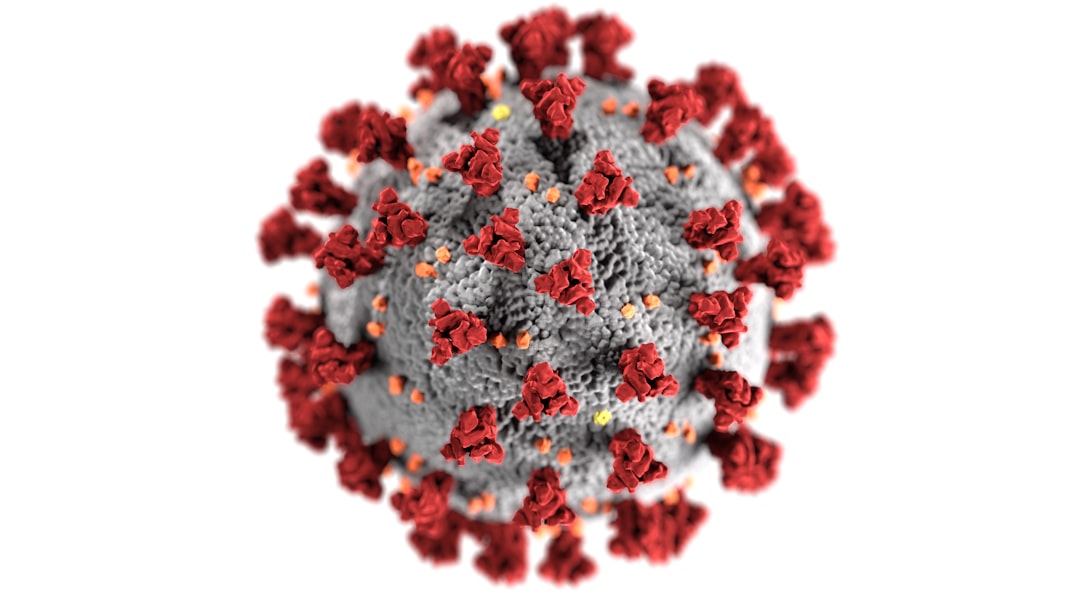What is it about?
Concern about TH disruption (THD) has resulted in strategies being developed to identify THD chemicals (THDCs). Information on potential of chemicals causing THD is typically derived from animal studies. For the majority of chemicals, however, this information is either limited or unavailable. It is also unlikely that animal experiments will be performed for all THD relevant chemicals in the near future for ethical, financial and practical reasons. In addition, typical animal experiments often do not provide information on the mechanism of action of THDC, making it harder to extrapolate results across species. Relevant effects may not be identified in animal studies when the effects are delayed, life stage specific, not assessed by the experimental paradigm (e.g., behaviour) or only occur when an organism has to adapt to environmental factors by modulating TH levels. Therefore, in vitro and in silico alternatives to identify THDC and quantify their potency are needed. THDC have many potential mechanisms of action, including altered hormone production, transport, metabolism, receptor activation and disruption of several feed-back mechanisms. In vitro assays are available for many of these endpoints, and the application of modern ‘-omics’ technologies, applicable for in vivo studies can help to reveal relevant and possibly new endpoints for inclusion in a targeted THDC in vitro test battery. Within the framework of the ASAT initiative (Assuring Safety without Animal Testing), an international group consisting of experts in the areas of thyroid endocrinology, toxicology of endocrine disruption, neurotoxicology, high-throughput screening, computational biology, and regulatory affairs has reviewed the state of science for (1) known mechanisms for THD plus examples of THDC; (2) in vitro THD tests currently available or under development related to these mechanisms; and (3) in silico methods for estimating the blood levels of THDC. Based on this scientific review, the panel has recommended a battery of test methods to be able to classify chemicals as of less or high concern for further hazard and risk assessment for THD. In addition, research gaps and needs are identified to be able to optimize and validate the targeted THD in vitro test battery for a mechanism-based strategy for a decision to opt out or to proceed with further testing for THD.
Featured Image
Why is it important?
This review presents a ‘best expert judgement’ for a set of in vitro testing assays that together will cover the most important mechanisms for TH disruption by chemicals. For these endpoints, currently available or desired in vitro assays are discussed that are or could be suitable for medium to high throughput testing. Bio-activation of the tested chemicals is a critical consideration in the in vitro testing, as several cases are known when testing of the parent chemical alone results in false negative responses. The application of an in vitro test battery in a tiered testing approach for THDC is discussed as well as the outlook for combination with in silico alternatives that eventually may further reduce the use of animals for testing chemicals for THD while enhancing the knowledge of the mechanisms of action of the chemicals. Technical and in vivo validation of the in vitro test battery will be necessary to increase confidence for use of its results in regulatory decisions.
Read the Original
This page is a summary of: Mechanism-based testing strategy using in vitro approaches for identification of thyroid hormone disrupting chemicals, Toxicology in Vitro, June 2013, Elsevier,
DOI: 10.1016/j.tiv.2013.02.012.
You can read the full text:
Contributors
The following have contributed to this page










